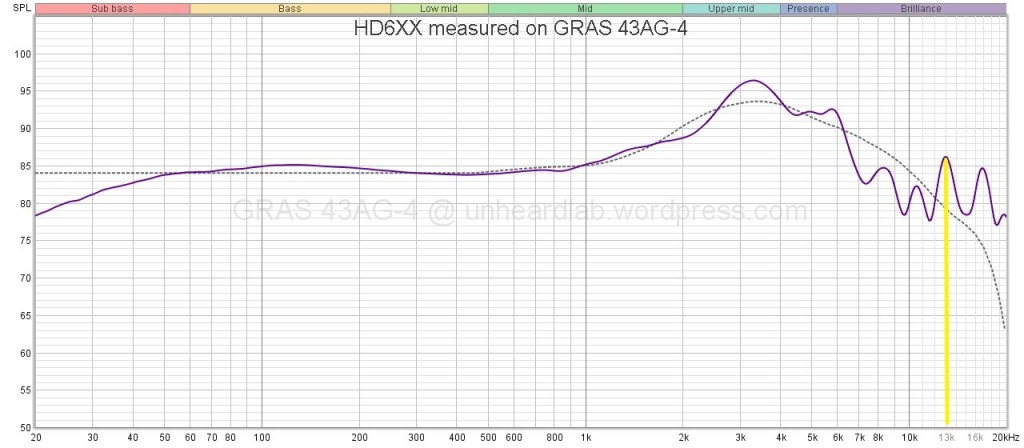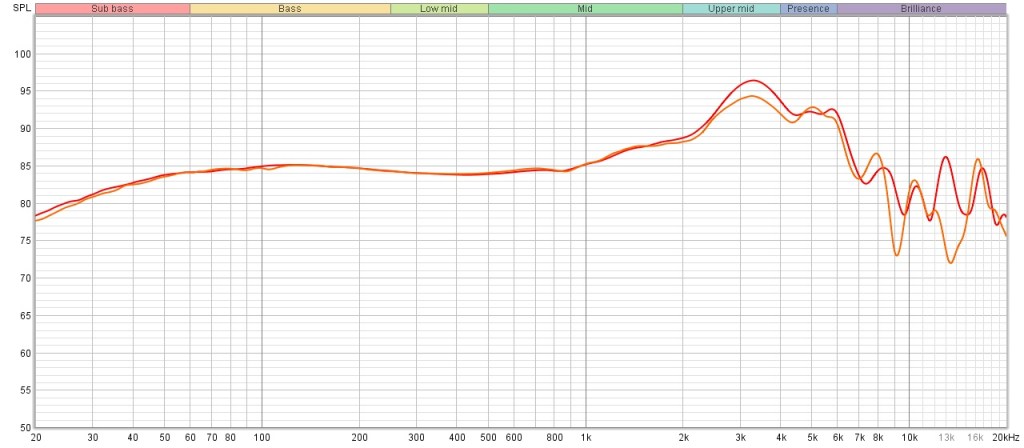
Here it is – the measurement rig announced earlier finally arrived. Components include:
- GRAS RA0045-S1 prepolarised ear simulator (coupler)
- GRAS KB5000 anthropometric pinna simulator
- GRAS RA0307 mounting plate, coupler holder, and snap fit mechanism
- Motu M2 USB audio interface
- Bruel&Kjaer Type 1704 CCLD signal conditioner
Note:
- old measurements on this site cannot be compared directly with the newer ones, as explained here
- a different graph template is used to help tell the difference between measurements from the old and the new rig
- those performed on the new rig with have watermark in the background saying ‘GRAS 43AG-4’
- also other differences like the graph title is now on the graph instead on above the graph as before
Measurements:







So, basically the graphs line up with those measured on the more commonly used GRAS 43AG-7 or 45CA rigs, except for a more prominent resonance peak at aroudn 13khz. As explained in the previous article, this is intrinsic of the standard IEC60318-4 coupler designed to mimic the acoustic impedance properties of the human ear.



On higher models of the 43AG-7 and above, this peak is reduced with the use of hires couplers:

Aside from this, they pretty much stack up. Slight differences in other regions like 3khz and between 9-11khz is likely caused by positional variation and unit variation, and more subtle stuff like coupler acoustic impedance variation (within IEC tolerance). Also the scale of the graph and where the curves are normalised also play a role in visualising the differences.
So that’s it. From this point onwards all headphones will be measured on the new standard GRAS rig. I will also include measurements on the old rig where I can (if time permits, that is).
If you wonder how the differences look, here’s the HD6XX measured on the old rig (orange) versus the new rig (red):

As you can see, thanks to the same coupler standard (IEC60318-4) the differences are almost marginal before 2khz. But it gets a lot more significant from that on due to different pinna used.
Again, it’s not entirely accurate due to positional variations. A more rigorous comparison would require all other variables to be controlled as best as it could. Maybe we can come back to that later.
—end of article—

